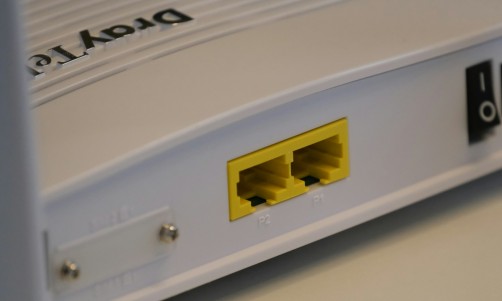Researchers at MIT were studying new ways of building organic computing machines. Their study unveils the fact that circuits, memory switches, and a series of sensors that can be encoded in bacteria. The research team has chosen the common human gut bacterium as their target of implementing basic organic computing power in a microorganism.
The bacteria can be artificially enhanced with basic computing elements that will allow it to memorise, sense and respond to certain signals in the gut. According to the research reports, among the future possible applications are included the early detection and treatment of colon cancer and inflammatory bowel disease. The results of this study were published in the journal Cell Systems.
The Bacteroides thetaiotaomicron is the common human gut bacterium living on cells in the gut. The "friendly" bacteria living inside our digestive systems can be activated by externally added chemical signals in order to express specific genes, for instance the genes encoding light-generating.
A technology known as CRISPR interference was employed in order to control which genes are turned on or off. Via CRISPR interference the researchers could modulate the ability of the bacteria to resist being killed by antimicrobial molecules and to consume specific nutrients.
Upgrades of its natural properties can be programmed in order to transform these bacteria in tiny organic robots that can detect and treat diseases such as immune system disorders or cancer.
This type of studies is not new. Previously researchers have been able to build genetic circuits inside organisms such as E. coli. But, according to scientists, E. coli strains are not found at high levels within the human digestive system. An associate professor of computer science, electrical engineering and biological engineering at MIT, Timothy Lu, explains that by using the Bacteroides thetaiotaomicron strains more future applications of this medical technology are possible.
Professor Lu led the research at MIT alongside another professor of biological engineering, Christopher Voigt. According to researchers, the team has chosen common strains like B. thetaiotaomicron because they are present in abundant levels in many people. This makes it easier to stably colonise the digestive system for long periods of time.
The research team led by Professor Lu developed genetic components that can be used to program gene expression within the B. thetaiotaomicron bacteria. His associate, Professor Voigt, declared that by using these genetic components the research team was able to build four encoded sensors in the bacterium's DNA.
The organic sensors are designed to respond to a specific signal in order to switch genes on and off inside the bacteria. The signals can be food additives, for instance, allowing controlling the bacteria by the food eaten by the person who hosts the bacteria in their digestive system.
Bacterial "genetic memory" was also built in, in order to allow bacteria to sense and report back on various pathologies in the gut, such as inflammation or bleeding. In order to build bacteria's genetic memory, scientists used proteins known as recombinases. By recognising and inverting specific DNA addresses this special class of proteins have the ability to record information into bacterial DNA.













